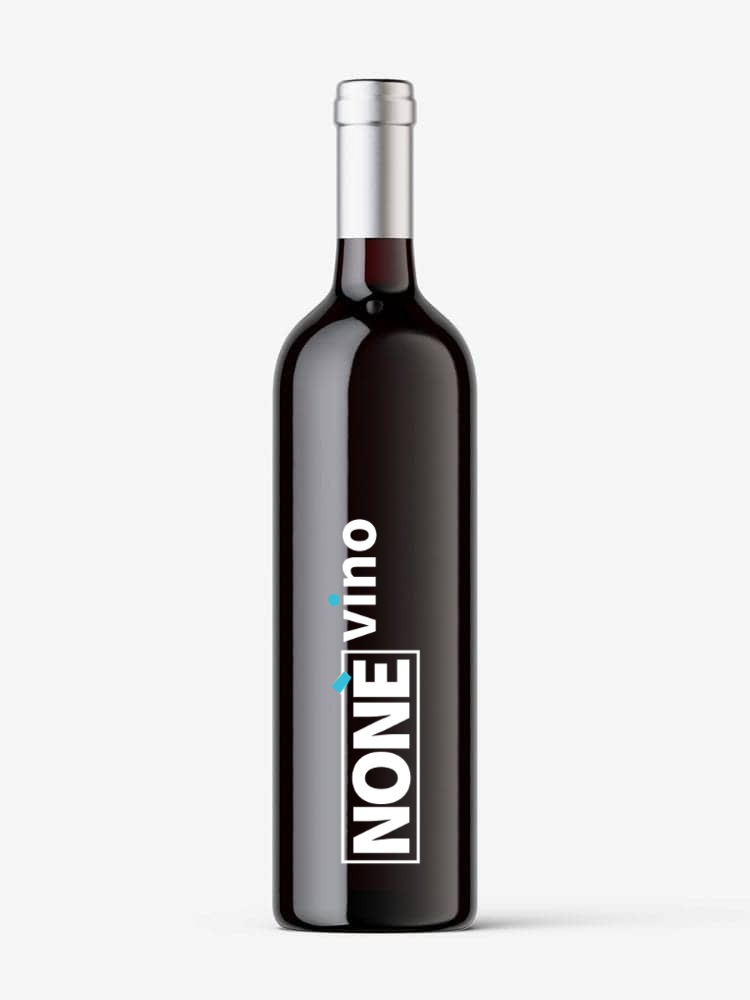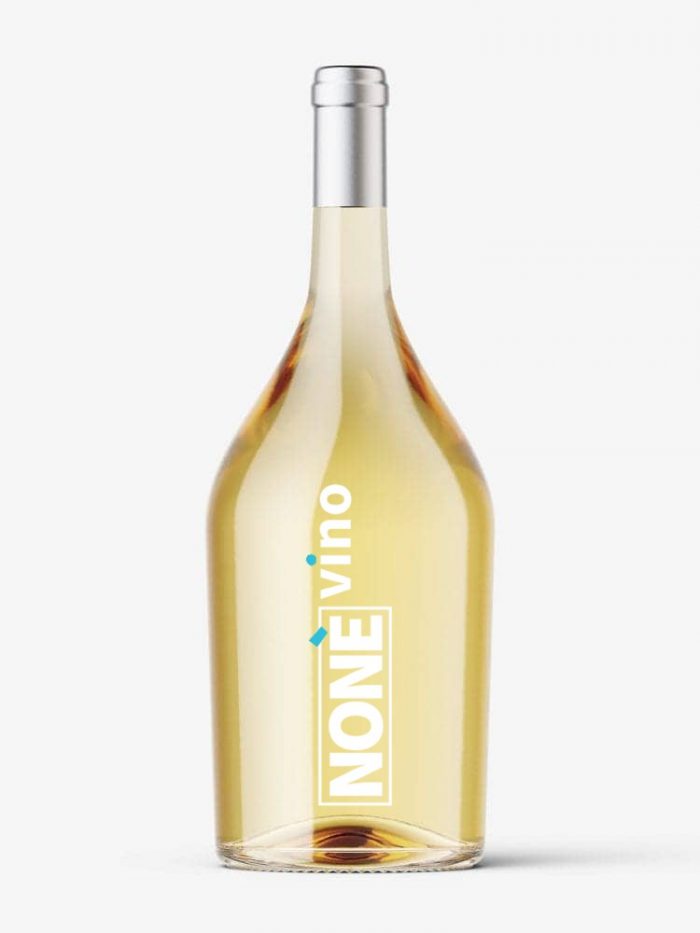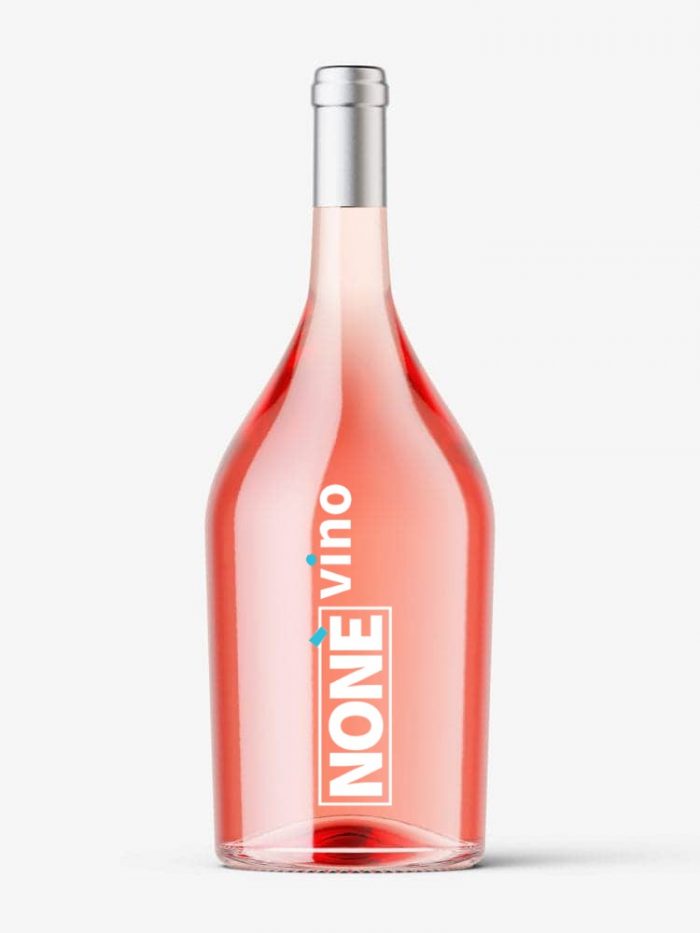The geographical area dedicated to the production of DOC Valpolicella wine extends over the entire foothills of the province of Verona up to almost the border with the province of Vicenza, whose territory is adequately ventilated, bright and favorable to the fulfillment of all vegetative and productive functions of the vineyards.
The Valpolicella DOC Wine Production Area is located in:
– province of Verona and includes the territory of the municipalities of Marano, Fumane, Negrar, S. Ambrogio, S. Pietro in Cariano, Dolcè, Verona, S. Martino Buon Albergo, Lavagno, Mezzane, Tregnago, Illasi, Colognola ai Colli, Cazzano di Tramigna, Grezzana, Pescantina, Cerro Veronese, S. Mauro di Saline and Montecchia di Crosara.
– The Production Area of DOC Valpolicella Classico Wine is located in:
province of Verona and includes the territory of the municipalities of Fumane, Marano, Negrar, Sant’Ambrogio and S. Pietro in Cariano.
– The Production Area of DOC Valpolicella Valpantena wine is located in:
province of Verona and includes the territory of the municipalities of Grezzana, limited to the hamlet of Stallavena, and Verona, limited to the hamlets of Marzana, Quinto di Valpantena, Santa Maria di Stelle, San Felice Extra.
During the vinification phases, only loyal and constant oenological practices of the area are allowed, suitable to give the wines their peculiar quality characteristics.
The winemaking practices of winemaking DOC Valpolicella include, among other things, that:
– The maximum yield of grapes into DOC Valpolicella wine must not exceed 70%; if these parameters are exceeded within the limit of 5%, the excess will not be entitled to the DOC. Beyond these limits the right to DOC for the whole product lapses.
– The DOC Valpolicella wine with Superior mention must be aged for at least 12 months.
– In the designation of the DOC Valpolicella wines, the term “Vigna” may be mentioned as long as it is followed by the relative toponym and that certain winemaking practices are respected.
– On the labels of each type of DOC Valpolicella wine it is mandatory to report the year of production of the grapes.
The first cultivations of “Vitis vinifera” are attributed to the Paleoveneta or Etruscan-Rhaetian civilization which flourished between the 7th and 5th centuries BC. and which persisted during the Roman domination in Valpolicella, in the «Pagus Arusnatium». The first wine that was produced in the area, which today is the “Valpolicella”, was known as “retico”, because it was produced in the hilly and mountainous area of the Veronese-Roman province, called “Retia”.
Among the hypotheses on the origin of the name “Valpolicella”, it seems that it may derive from the Latin “Polesella” which means land of many fruits or from “Vallis-polis-cellae” that is a valley of many cellars. There are also many citations of the winemaking activity in Valpolicella by the Greek-Roman classics, testifying to the viticultural importance of the area.
In the following centuries, viticulture in Valpolicella has grown a lot and has begun to specialize as evidenced by the first ampelographic cataloging of the nineteenth century, which formalizes, among other things, “the corvina” as a typical cultivar of Valpolicella. There are numerous scholars who dedicated lectures and writings to the vines of Valpolicella; in 1881 Stefano de ‘Stefani took care of the first delimitation of the production areas of Verona wines in which the “Wines of Valpolicella” were mentioned; this definition of the area and the improvement of production and winemaking techniques in the following eighty years led in 1968 to the official approval of the first “Valpolicella” wine production specification.
The DOC Valpolicella wine obtained the recognition of the Controlled Designation of Origin on 21 August 1968.







